Shop Display Layout Nr. 0923 (1972)
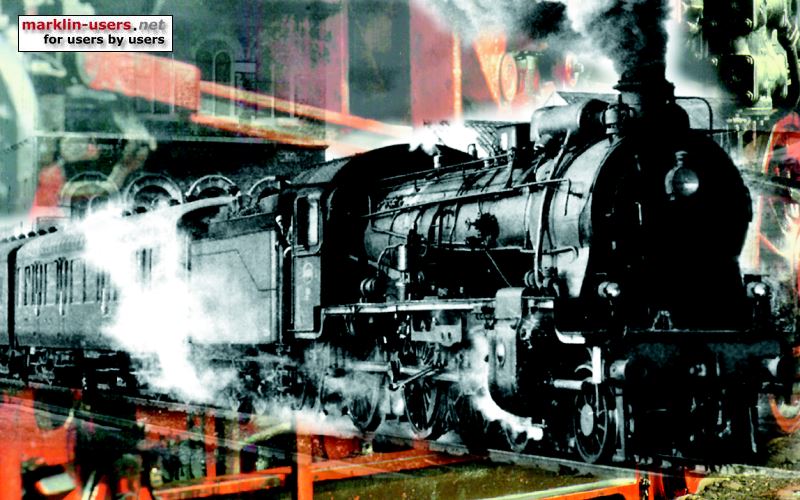
This original factory-built display layout came into my possession in March 2011. It was a little the worse for wear, but largely intact and an interesting project.
The layout was built by Märklin in 1972 and originally designed as a fully-automatic display suitable to be left running in a shop window or other display area to catch the interest of passersby. You need not be a modeler or even a train enthusiast to appreciate the wonder and relaxation of watching a lively model railway in action.
As can be seen above, three train consists are able to run simultaneously in such a way that at least one is always on the move, and the placement of several discrete switches within the track 'sense' the passing of a train to enable to switching of the colour-light signals by which each track circuit is controlled.
** June 2011 - The layout is now operational, see further down under "Up and Running" and short YouTube clip
An unusual feature is the prominent raised circle of track in the center as used by Märklin in a number of their other track-plans around that era.
Below is a photo of the layout as I received it (taken by the seller), I'll add more detailed shots in due course as this project commences.
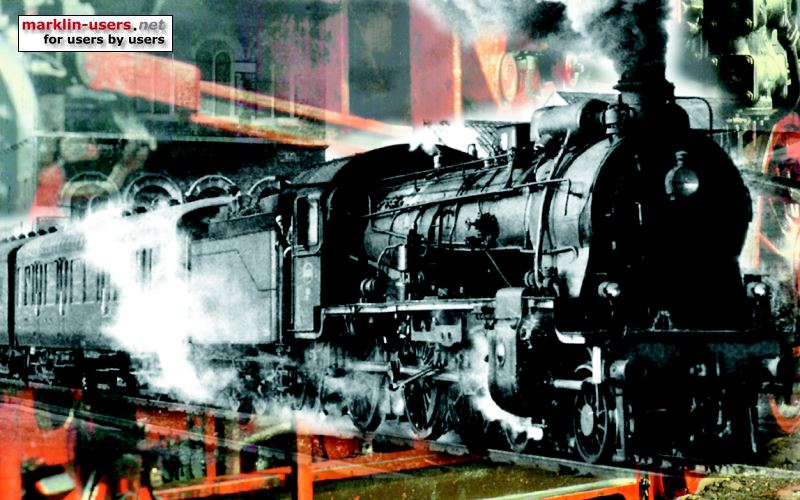
Here's the original factory label.... (very pleased this is still somewhat intact)
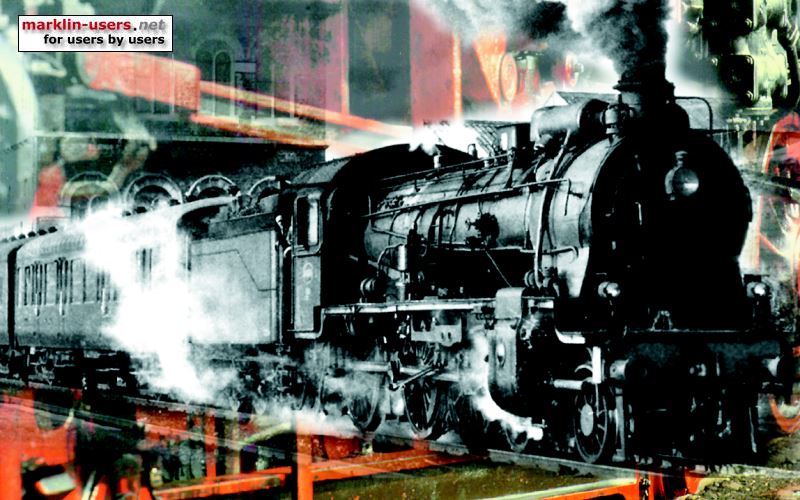
Action Plan
1: I need some legs for it to stand on. The table shown did not come with it and prevents access to the underneath anyway. Some form of Trestle legs are what I'd prefer.
2: Next is to repair or replace any items that are obviously missing or damaged. Crucial to the automatic running are the Signals and the Contact Track Sensors. Once these are working correctly I can then determine which sensors operate which Signals and Turnouts to establish the normal sequence of operation.
** There is actually a published track-plan for this specific layout which I do not yet have (it may be in one of the early 70's track-plan ('gleisplan') books so rather than recreate the whole schematic I'll see if I can locate one of those first.
3: Repair or treatment of the items damaged by surface-rust (see below).
4: Replace lamps in the turnouts, and try to obtain some replacement lanterns - these may be the hardest thing to get as I am not sure they are still available as a spare part. They are listed as a separate spare part for M-track, but not K. Still investigating this.
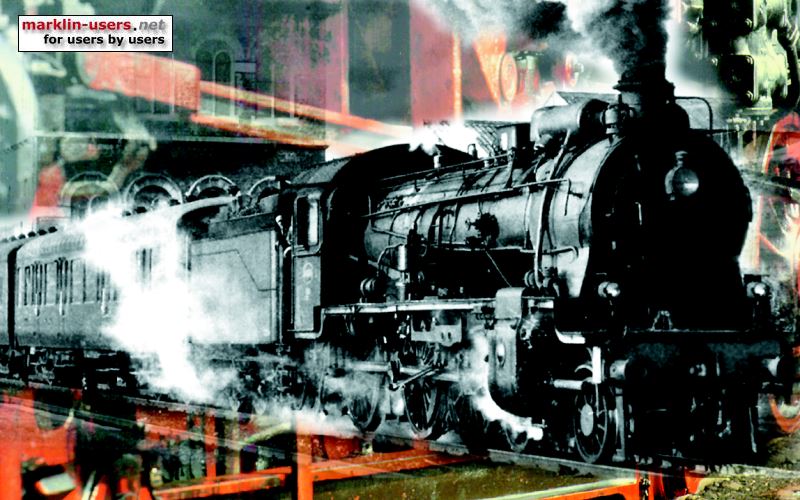
5: Cleaning up and repair of the buildings and scenery.
6: Get some rolling-stock as close to the original items as possible.
7: Further down the track, I'll look at dual operation via Digital Control but still retaining the original analogue operation. I've done this previously with a similar factory display layout belonging to the M.M.R.C. way back in the late 90's and it worked very well.
Required Items
7239 Colour Light Signals (2 needed), possibly a third as a backup.
Bridge sections - several hand-railings are broken off, and I see these edges actually clip on the the bridge sections so they are easily replaceable.
Refurbishment
All the Motor covers for the Turnouts, Signals, Circuit Tracks and the Bridge walkways have bad surface-rust. I've previously had good success restoring the black chassis on wagons damaged by rust and the result are not half-bad. The thing here to note is that these items are NOT painted. They are treated with Metal Oxide to give them a black finish. The problem is that when dust settles on them and is left, the dust will eventually absorb moisture and this is where the rust starts. So take this as a warning, CLEAN your metal surfaces regularly or better still, keep them covered when not in use.
Here's an example of one of the covers.....
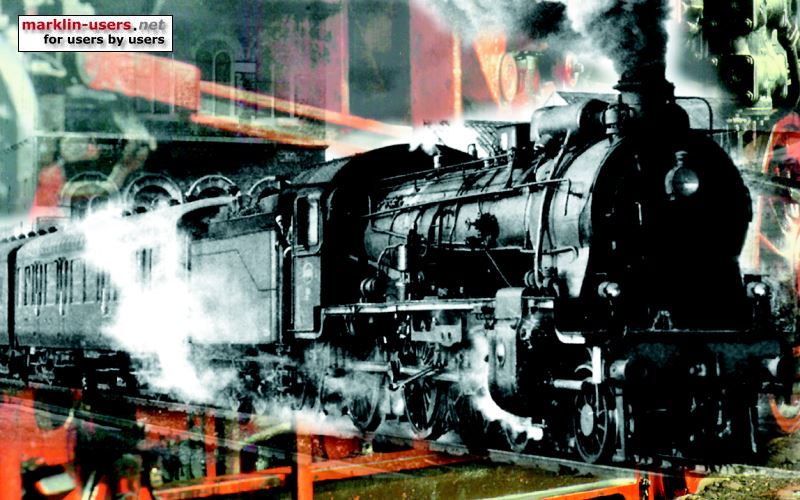
The same cover after sanding with 400-grade 'wet&dry'...
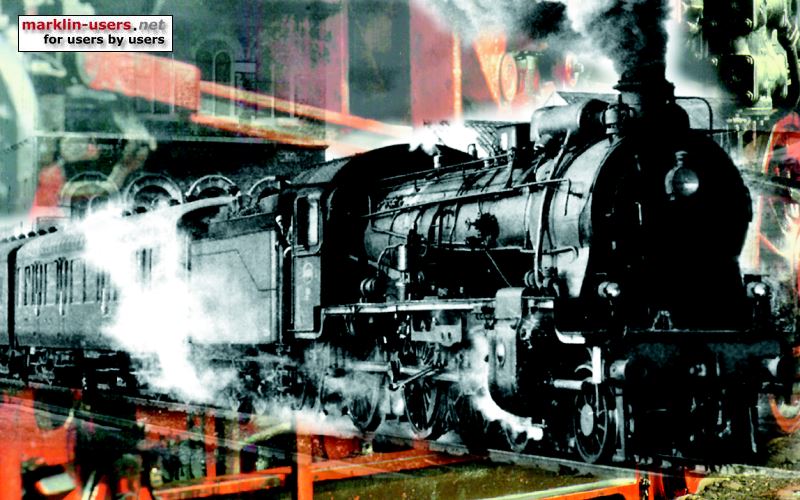
And again after treatment with 'Gun Blue'... (ignore the scratch in the center, that's from the scanner glass)
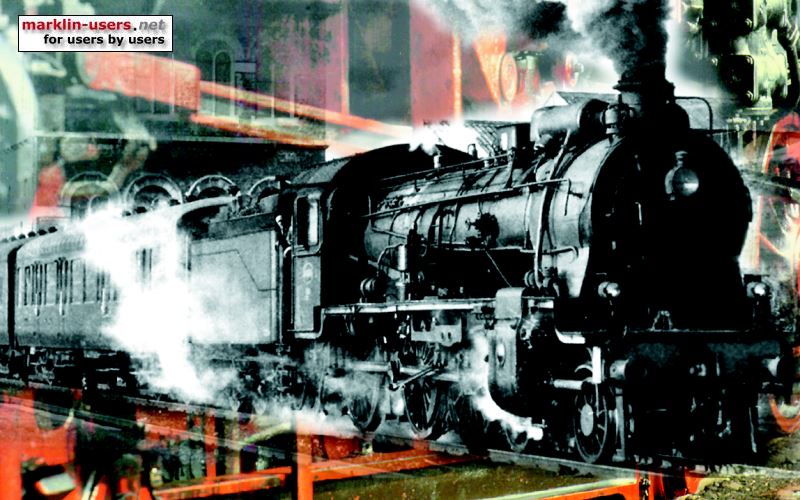
Huge improvement and way cheaper than trying obtain replacement covers, or replacing the entire turnout. If I was going to do that I'd upgrade the entire layout to 2200 series Stainless Steel track.. I'll cover the actual process to restore these covers in a separate article.
Here's a 7239 Signal Motor cover before treatment....
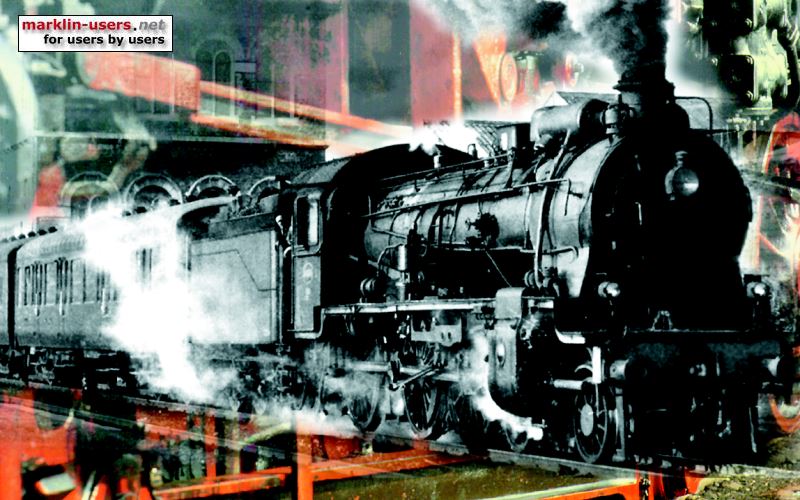
And below we have the exact same cover below treatment - quite a difference and without painting so the result and effect is very close to original.
The thin colour-coded connector strip was gently peeled off by sliding a razor blade underneath, most of the adhesive stayed with the strip but could easily be replaced with normal double-sided tape and neatly trimmed if required.
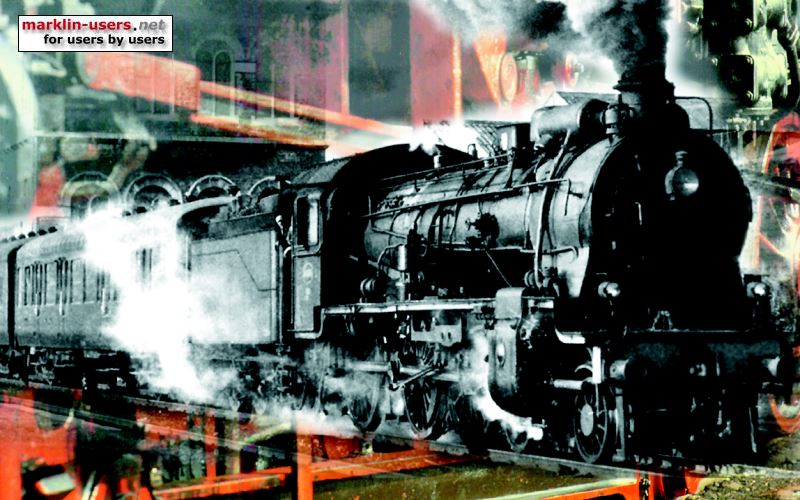
Switching Track Problems
One of the bigger challenges to overcome are the dreaded Switching / Circuit Tracks. This layout has NINE in total to control the automatic running. Here's a 2199 Switch Track section, there are also curved versions 2129 & 2139 but they are essentially the same design.
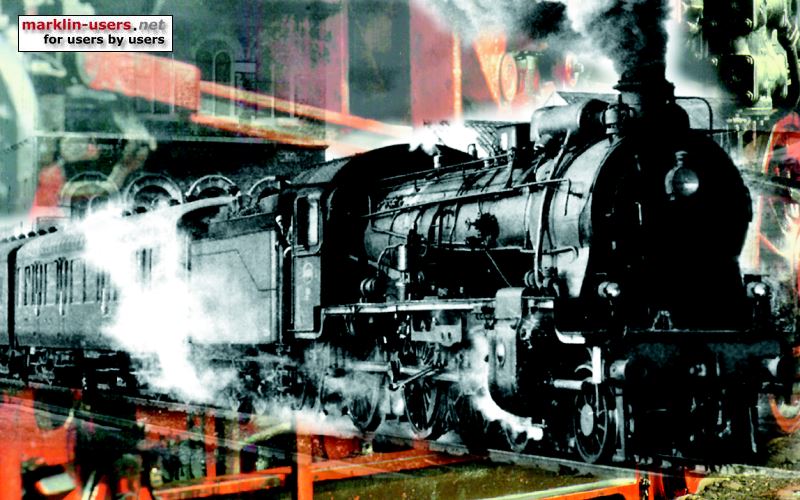
The design is such that as a loco passes across the track, the small plastic 'flipper' in the center is dragged by the pickup-shoe and partially rotated in the direction of travel. This will operate one of two contacts in the housing and provide a brief electrical contact which is normally used to switch an accesory such as a signal or a turnout. Once the pickup shoe has passed the flipper should spring back to the centre position.
The same track from underneath showing the contacts...
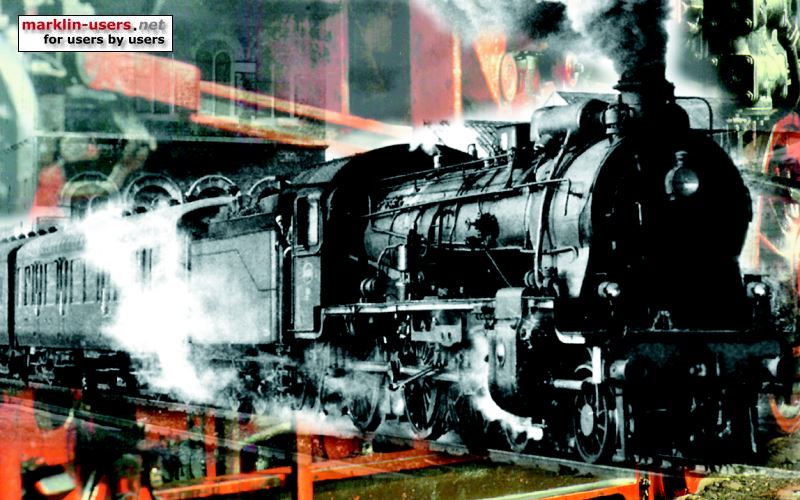
Whilst these are a very useful track accessory, there are unfortunately several problems with these particular units;
1: The flippers tend to become sticky and will not return to the center upright position. If this happens, power can remain on to whatever accessory it controls and this may cause overheating of the solenoid and if left long enough could also burn the solenoid out. A stuck flipper also prevents the next loco from activating the switch correctly.
2: The electrical contacts can become burnt and unreliable. Often this is a result of solenoids being connected which draw a lot of current so that each time the contact is broken there will be a small spark which 'burns' the contact tips and eventually they become corroded or pitted and can no longer provide a reliable electrical path.
Both issues are worsened by time. Sticking flippers result simply because of wear and tear and because the copper contacts become deformed from their original shape.
3: In some cases, the flipper will also slightly lift the pickup shoe just enough to reduce contact to the center track studs. This tends to be more of a problem with a loco that is passing over very slowly, or with some Digital Loco's where even a brief loss of power can result in a 'dead-stop'.
These mechanisms can be quite a mission to get working properly again. If you are not mechanically-minded or nimble with your fingers you might want to pass on attempting repair as it will surely send you into a spin trying to get it right.
Fortunately, I have a good mechanical aptitude and years of experience working with small and delicate components so I'm right in my element, but don't for a second think this might be easy, I get frustrated as well, particularly when I look at something and think "if they'd only done this or that, it would work properly".
On the other hand, I am sure that the designers did a good job taking into account keeping cost affordable (materials and tooling) and the expected life-span of the device. I have to be realistic of course, these switch tracks are around 40 years old. Who knows how many hours of operation they have done in that time. On the other hand, I am also aware of discussions on other forums where these have failed very early and the general consensus is that they are destined to become unreliable - period.
So what to do? - I could replace them with new 2299 sections, but 9 of them at around $20-$25 (NZ) each soon adds up. And because the new ones are still the same basic design, what's to say they won't start failing?
My approach therefore is to see how I might be able to get these ones working reliably again, and what (if any) modifications I could do to keep them reliable?
I have already disassembled one by straightening the tabs that hold the contacts in place and experimenting with various adjustments of the long contact strips (without much success). The tabs can only be unfolded and folded again so many times before metal-fatigue will cause them to snap off - you don't want this because then it's ruined so I want to ensure that my 'fix' is a one-time event. I am therefore just looking and pondering what I can do with what I have.
Shown below is a close-up of the contacts, note the plastic 'cams' molded into the flipper (actuator) which do the actual pressing onto the copper contact strips (note that older track pieces may have a thin cardboard cover over the contacts - use (carefully) a razor blade or sharp knife to gently slice the cover off - you can see where the glue reside is on the two middle sections - I have not bothered sticking them back on mine.
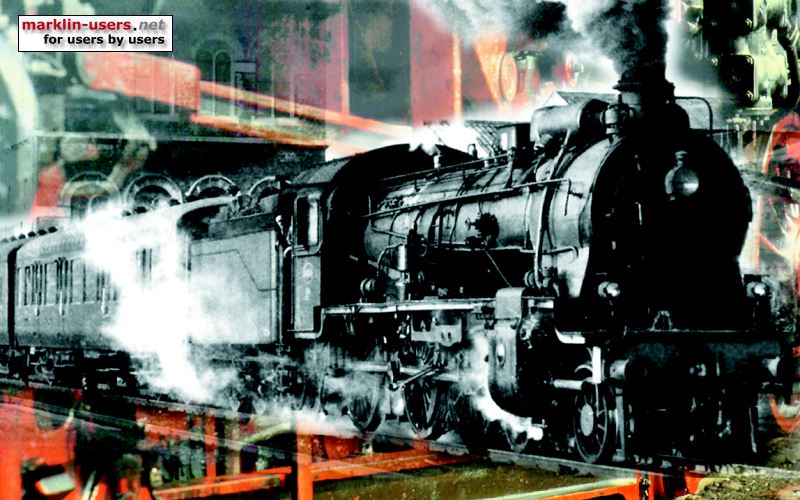
At the time of writing this (Easter weekend 2011), I had not yet progressed to the solution. I'm was simply outlining the problem. I am going to try to get a brand-new one so that I can compare the shape the contacts are supposed to be vs how mine actually are.
If you are reading this and have any ideas or experience with these, I'd love to hear from you. Email address is on my main page.
UPDATE - MAY 2011 - A POSSIBLE SOLUTION - TEFLON SPRAY
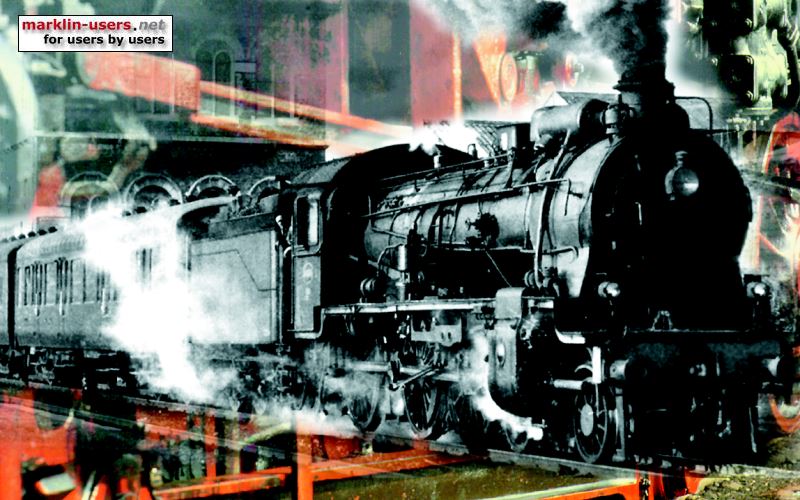
The mind is a wonderful thing - I love posing a problem to myself, and then giving myself a little time for the sub-conscious to work on it, thinking of different ideas etc.
I have now spent some SERIOUS hours fiddling with these
track sections, specifically no's 2199, 2129 & 2139, but the same
applies to the newer 22xx series equivalents with Stainless Steel
rails.
Nadine brought me a couple of new ones back from Singapore
mainly so I could compare, and I went down so far as to actually remove
the thin brass/copper (?) contact strips by carefully straightening the
folded tabs shown above, comparing the new contacts with the old
ones, cleaning, tweaking, etc etc. A couple I was able to get
working quite well, but nowhere near as well as the new ones and I just
had a gut feeling they might only last a short while before packing up
again.
I had come to the conclusion that the main issue was the
small amount of drag (friction) that had developed between the working
surface of the plastic actuator 'cam' and the surface of the contact
strip. The new contact strips were nice and shiny, the older ones
somewhat tarnished. Thorough cleaning helped a little, but to be
honest not a lot. A very light oil (penetrating oil) would work
initially, but I knew it was just a matter of time before the oil either
attracted dust, or worse would dry and become sticky itself. I
wanted a solution that was not only good for me, but one that I could
share with others having the same dilemma.
So being aware of the
properties of Teflon for many years, I started looking into that. My
initial research led me to industrial applications, coatings of
frying-pans etc and the difficulties and technicalities of applying
Teflon.
But the searches helped me to narrow things down and
eliminate ideas but also prompted new ones. Surely someone makes a
DIY Teflon spray - well sure enough, I found it. A product made by
"ROCOL" which produces most importantly a DRY FILM LUBRICANT containing
TEFLON. Off to my local Blackwoods outlet (local stockist) in
Cambellfield and I purchased an aerosol can.
http://www2.blackwoods.com.au/infoBANKProduct.aspx?SG=2000165&S=4084721&G=2004030&P=2026008
Wanting to be sure that just the Teflon was the answer, I
picked a track section I had not yet touched, and all I did with it was
the smallest burst of spray onto the contact working area. Initially
the spray is wet, and immediately the actuator (flipper) became quite
sluggish and sticking, in fact if you left it to sit, it would seem to
almost 'glue' itself solid, but was easily freed.
But after only
about two - five minutes, the spray dries and leaves behind a slightly
white coloured film. But... the actuator worked like a charm -
better than the brand new 22xx units. It was simply
amazing.
So I left it overnight, tried again in the morning, still
nice and free. So I grabbed another 4 track sections (remember there
are 9 of these switch tracks on the layout so it was a worthwhile
exercise) and gave those the same treatment. I also took the chance
to remove the rust from the top metal surface, and apply Gun-Blue to
re-blacken them just like I had done with the Turnout covers above. Once again, after the initial application had dried, I now had
perfectly freely operating actuators with a very positive spring-back to
centre.
Naturally, I want to know what they will be like in a few
weeks, months, years so this is a beta-test. But given that the
working area of the contacts is pretty much enclosed, the likely-hood of
any contaminant is very low. And it cannot 'dry out' because that's
the state it becomes to be effective. More the question is likely to
be how long the film will retain it's super-slippery properties.
Only time will tell that but I am sufficiently encouraged by the results
to want to share them, and it's possible there may be other uses for this
technique.
The key thing is this is a DRY FILM - in some respects
not unlike the crayons you can get to lubricate wooden sliding surfaces
like drawers etc.
The can I purchased was not cheap - $AU35, but
it's big enough that I could probably do several dozen if not hundreds of
applications if needed (heaven forbid). With the luxury of more
searching now that I knew what I was looking for, I have found other
possible similar products in smaller volume for around $10. On the
other hand, if this proves to be a reliable long-term solution, then the
single tin was less than two replacement track sections. And I have
it to experiment with other things.
So if you are
having problems with some sticking K-track switches, it could be worth
giving this a try. After all, your only other option is to replace
them so you really haven't anything to lose by trying it out, and you
won't make them any worse. Your search should be for "Teflon spray",
"Teflon dry film" and variations of these. If you have trouble, try
a food machinery supplier as these are often a food-grade product for use
in food-handling equipment, I've also seen them in bike-chain lubricants
etc but you really want something that does not remain liquid in any
form.
Of course if you are in Melbourne, you're welcome to bring
them to me for the treatment, a few tinnies to lube the old fella (me)
while I lube up the track sounds like a good deal!!
I'd be REALLY
interested to hear how others get on if they try this either for this
problem, or something similar. By the way, this should also work for
the M-Track sections, I just don't have any on hand to experiment with but
the general design is similar.
May 2011 - finally the layout is running - the switch tracks have been very reliable so far.
If you'd like to see it running, here's a short (amateur) video on my Youtube Channel - http://tinyurl.com/marklinwerksanlage0923 - sorry about the quality, it was shot from my HTC Mobile as it was the fastest way to get something up.
I do need to get more Controllers so that I can have the trains running at speeds that match the train consist and the track. Time to look at how I'm going to incorporate Digital Control to get more running options from it and perhaps integrate the Touch Screen.
Nadine is continuing with the scenery tidy-up so it's coming along slowly (but surely).
To be continued.......
** Page in progress - last update 5 Feb 2012 - This page is now public. I will simply update and add to this article on an ad-hoc basis when there is something to add or correct. I would love input from readers, and particularly from anyone who also has a factory layout themselves or has any related information, factory brochures etc.